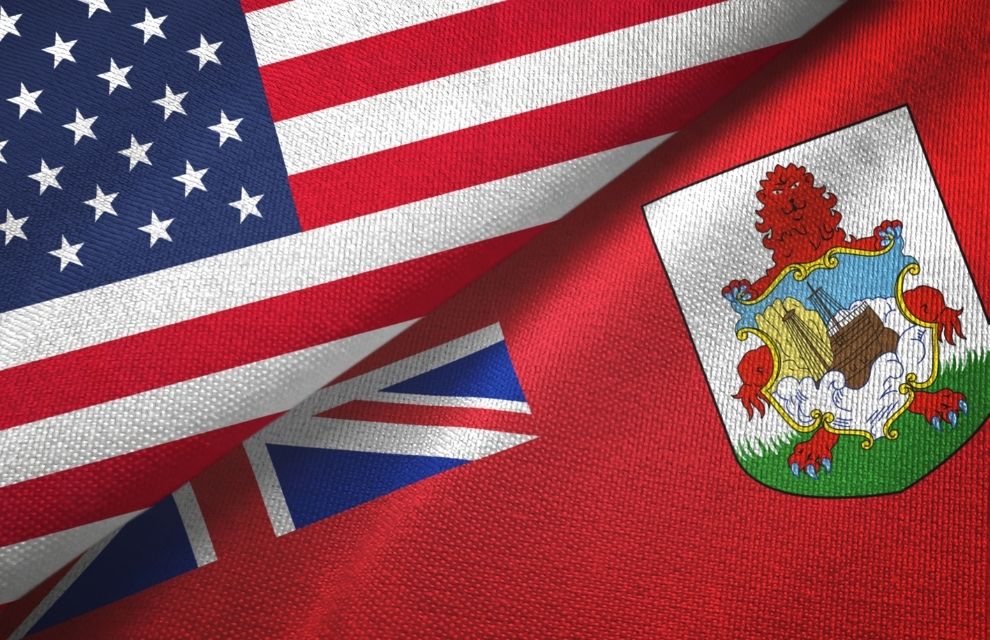The US has retained its position as Bermuda’s largest reinsurance partner, with Bermuda reinsurers paying out over $400 billion to US policyholders and cedants since 1997. This follows research of commercial market claims data of 230 reinsurance companies conducted by the Bermuda Monetary Authority (BMA), which found that between 2016 and 2020 Bermuda reinsurers paid out $209.6 billion to US policyholders. Of this, $120 billion (57 per cent) was attributable to property and casualty losses, while $89.6 billion (43 per cent) was related to life insurance claims. Similar BMA research in 2017 identified that $208.7 billion had been paid out between 1997 and 2016 in total across the two lines. The authority cites that these results reflect the burgeoning significance of the Bermuda reinsurance market and its contribution to the US, as well as an increasing trend of annual loss payments. In addition, the BMA argues the results demonstrate the strength of its regulatory framework, which promotes sustainable business models with the resiliency and capability to address evolving risks, especially those relating to climate change and natural catastrophes. Gerald Gakundi, director, insurance supervision, BMA, explains: “The losses paid by Bermuda reinsurers reflects the tremendous growth in the Bermuda reinsurance market. This growth is spurred, in part, by the ability of Bermuda to attract a deep pool of global talent that drives product innovation and supply of risk capital capacity.” “The ability of US reinsurers to cede risk to Bermuda enables diversification of risk globally, making the cost of buying insurance (particularly catastrophe, property and casualty insurance) more affordable to customers living in US danger zones and significantly lowering the insurance protection gap,” he adds.


